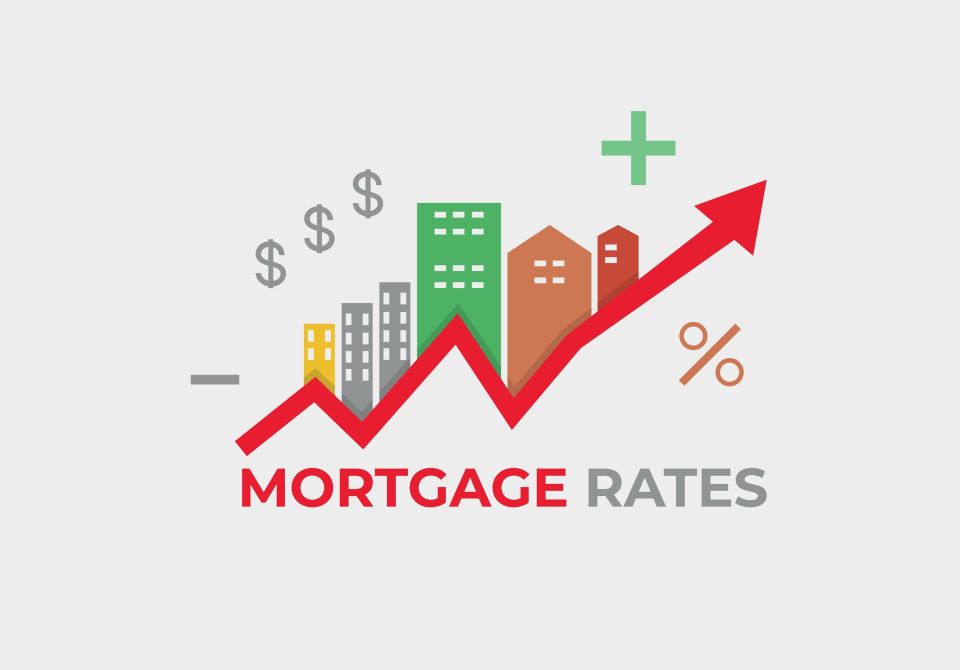Federal Reserve (Fed) interest rates have risen between 3% and 3.25%, which has doubled mortgage rates from 2021 to 2022 in the United States
Following the rise in interest rates by the Federal Reserve (Fed), lenders’ financial products are becoming more expensive. To show a button: mortgages are getting closer to 7% in the United States.
According to figures from Freddie Mac, the 30-year fixed-rate mortgage is averaging 6.70% in the week ending September 29, up from 6.29% the previous week. That is the highest level since July 2007.
Since this year began, mortgage rates have more than doubled as inflation has continued unabated. Given this, the Fed decided to begin gradually increasing interest rates to contain consumption in the US. So far, the central bank has raised rates five times, the most recent being 0.75% for the third consecutive time, which has left interest rates between 3% and 3.25%.
“Uncertainty and volatility in financial markets are weighing heavily on mortgage rates,” said Sam Khater, chief economist at Freddie Mac.
The median mortgage rate is based on a survey of conventional home loans for borrowers who pay a 20% down payment and have excellent credit, according to Freddie Mac. That means many homebuyers, with credit scores higher low, they will pay more for their loans.
During the pandemic, there was a real estate boom, a buyer’s market, as experts mention, after the central bank decided to lower rates to almost 0%. Also, since 2019 and during the first months of the 2020 lockdown, home prices hovered around $300,000, on average. The advantages were many.
A year ago, a buyer who put a 20% down payment on a $390,000 home and financed the rest with a 30-year fixed-rate mortgage at an average interest rate of 3.01% had a monthly mortgage payment of $1,317. dollars, according to calculations by Freddie Mac.
Today, a homeowner buying a house of the same price with an average rate of 6.70% would pay $2,013 a month in principal and interest. That’s $696 more each month.
Due to the high demand, the owners raised the prices of their houses for sale. Currently, the average US home is around $427,000, according to Realtor.
After the high inflation reflected in the real estate market, among other aspects, the Fed tries to alleviate the demand for goods and services. As a result of the higher rates, home prices have declined, since peaking at nearly $450,000, on average, in June.
“Mortgage rates have risen more than a percentage point in the last six weeks, and refinance and purchase applications continue to decline both weekly and annually,” Bob Broeksmit, president and CEO of the Mortgage Bankers Association, told CNN Business.
The impact of reference rates is not usually immediate, so experts believe that we could see mortgage rates reach 7% in the coming months, while the respective adjustments of the products of US lenders are made.
The Fed doesn’t directly set the interest rates borrowers pay on mortgages, but its actions influence them. Mortgage rates tend to track the yield on 10-year US Treasury bonds. When investors see or anticipate rate increases, they often sell government bonds, pushing up yields and driving up mortgage rates.
This week, the 10-year Treasury hit 4%, a level not seen since 2008.

